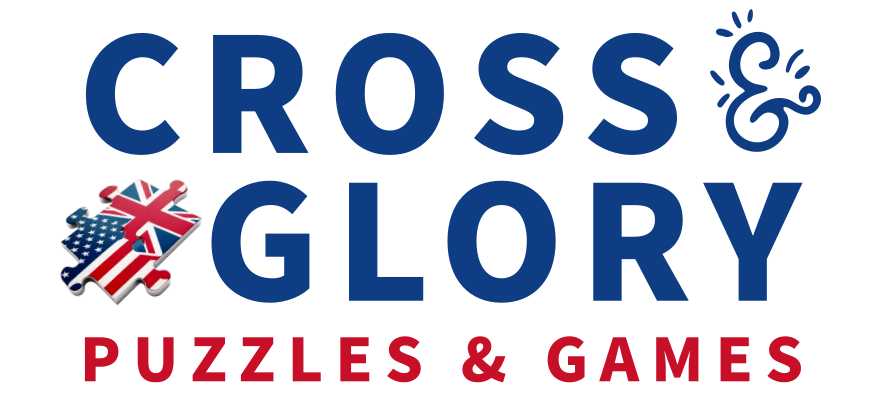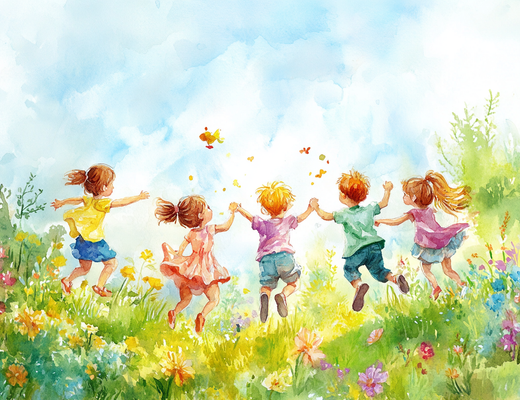There’s a special kind of satisfaction that comes with placing the final piece of a puzzle. Whether it’s a 100-piece design or a sprawling 1,000-piece masterpiece, completing a puzzle is an experience that feels deeply rewarding. But why is this? What’s the science behind the joy we feel when we finish a puzzle? Let’s explore the psychology, brain chemistry, and emotional benefits that make puzzling such a gratifying activity.
A Brain Boost: Dopamine and Puzzle Solving
Every time you solve a part of a puzzle, your brain releases dopamine, the neurotransmitter associated with pleasure and reward. This natural "feel-good" chemical boosts motivation, mood, and concentration. Each piece you place provides a small rush of satisfaction, and completing the entire puzzle delivers an even greater sense of accomplishment.
This explains why puzzles are such effective stress relievers. They engage the brain in a way that is both stimulating and calming, providing a mental reset. For a deeper dive into how puzzling helps reduce stress, check out Relieving Stress Through Jigsaw Puzzles: The Unexpected Resurgence of a Classic Pastime (Part 2).
The Joy of Problem-Solving
Humans are naturally drawn to solving problems—it’s a way of making sense of the world around us. Puzzles tap into this instinct, presenting a challenge that is manageable yet rewarding. The process of sorting, analyzing, and fitting pieces together engages both hemispheres of the brain. The logical left side handles organization and sequencing, while the creative right side visualizes patterns and colors. This whole-brain activity is part of what makes puzzling so enjoyable and mentally enriching.
A Mindful Escape
In our busy lives, puzzles offer a chance to focus entirely on the present moment. This meditative quality provides relief from stress, helping to clear the mind and restore balance. Modern art puzzles, with their intricate designs and vibrant colors, are particularly effective at combining mindfulness with creativity. Learn more about this connection in Modern Art Puzzles and Mindful Meditation: Finding Inner Balance.
Building a Sense of Accomplishment
Unlike many open-ended tasks in life, puzzles have a clear, tangible endpoint. Completing one is a visible, tactile achievement that reinforces a sense of control and success. This can be especially powerful in times of uncertainty, where the structure of a puzzle provides stability.
For those who love the satisfaction of finding the perfect puzzle challenge, curating a unique collection can be another source of joy. From limited-edition designs to brain-bending masterpieces, discover how to grow your collection with Building a Puzzle Collection: Tips for Finding Unique and Challenging Puzzles.
A Shared Experience
The joy of completing a puzzle isn’t just an individual reward—it’s also a wonderful social activity. Solving a puzzle with friends or family builds camaraderie, encourages teamwork, and creates shared memories. Even the final piece, placed triumphantly, is often a moment of collective celebration.
Conclusion
The joy of completing a puzzle is rooted in both biology and psychology. From the dopamine-fueled rush of each solved piece to the meditative calm it brings, puzzling offers benefits that go far beyond the surface. It’s a pastime that feeds our need for problem-solving, creativity, and connection. So whether you’re tackling a solo project or piecing together a puzzle with loved ones, savor the journey—because every piece you place is a step toward joy.

